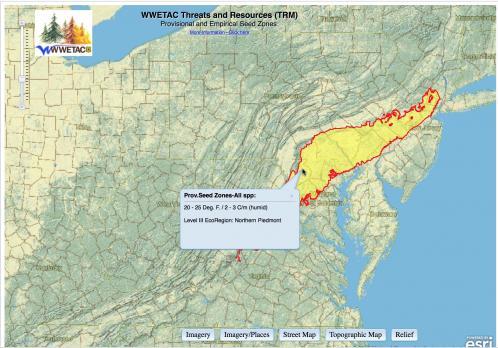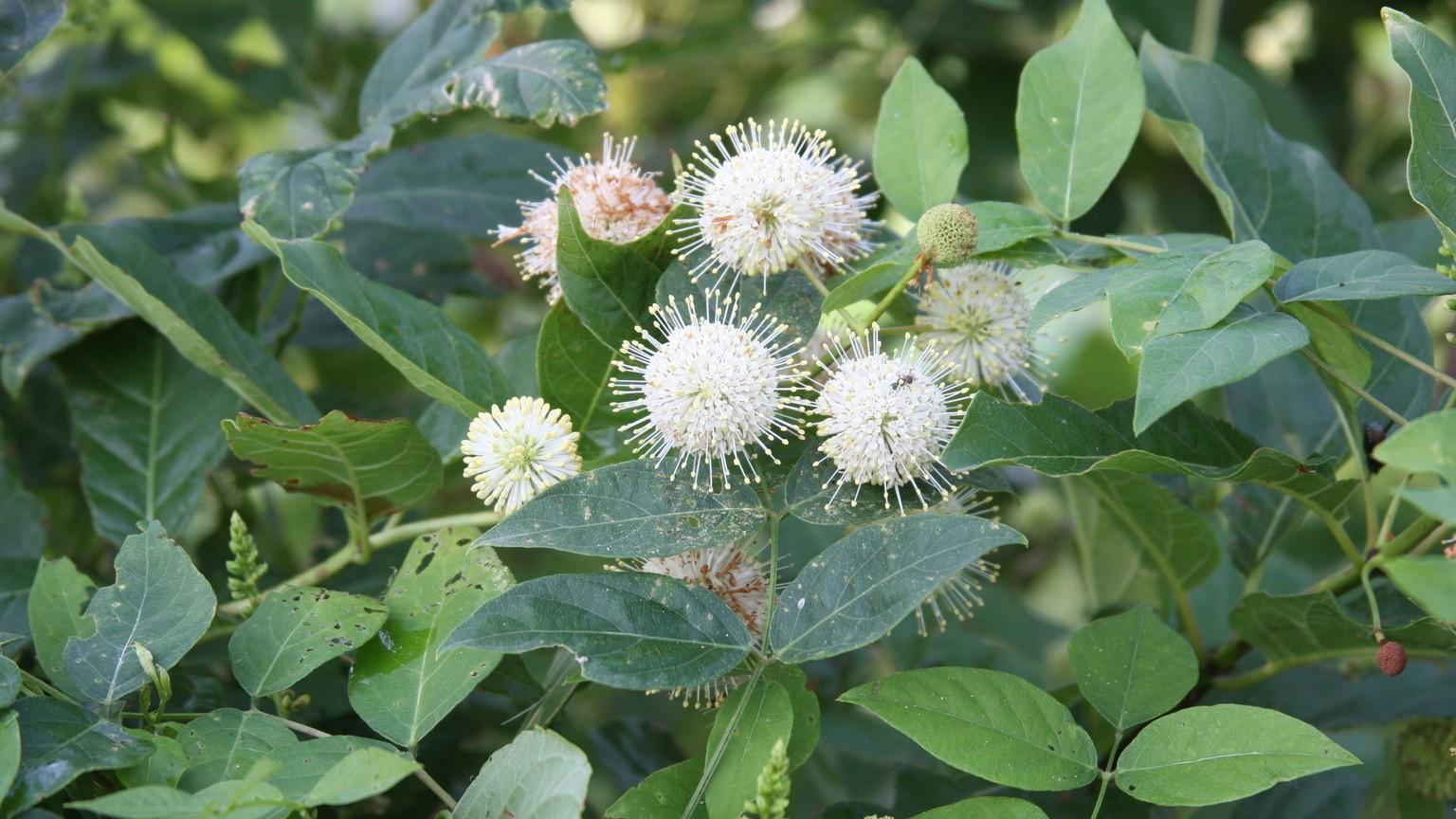Native plants are not defined by state or political boundaries
The concept of natural range is so central to the definition of native plant that we cannot meaningfully say a plant is native without saying where it is native to. Political boundaries fail us in this regard, as they usually lack any geologic or climatological significance that would influence the conditions of co-evolution. The Mason-Dixon line, the northern border of Maryland, is a prime example of a political boundary of no ecological significance.
This natural range map (below) shows the geographic region where red maple occurred prior to European colonization. Most native plant species have huge natural ranges. Red maple, for example, is native from Florida to Canada. However, red maples that co-evolved with Florida growing conditions can't survive a Maryland winter, and red maples that co-evolved with Canadian growing conditions can't survive a Maryland summer!

Red maple range map by Elbert Little, Jr., U.S. Geological Survey, via Wikipedia
This science-based definition of a native plant may be helpful to you in discussions about native plant species and their ecological role.
Native plants:
-
Occur naturally
-
In their ecoregion and habitat where
-
Over the course of evolutionary time
-
They have adapted to physical conditions and co-evolved with the other species in the system.

Even within their natural range, native plant species are genetically adapted to local growing conditions. This adaptation is typically referred to as "local provenance" or "ecotype." An ecotype is a subset of a species that possesses genetic adaptation to local growing conditions. Sometimes ecotypic adaptations are visible to us as variations in shape, size, or color. Other ecotypic adaptations are not readily apparent, for example, adaptations to various soil chemistries, minimum winter temperatures, and drought tolerance. Even if you can't see the differences, it is still important to get the correct ecotype for your project site.
Ecoregions and ecotypes

Butterfly milkweed is one of our most popular native plants. The species contains three visibly distinct ecotypes, whose distributions are indicated here in red. Maps from the USDA Plants website.
So in a landscaping project, the question becomes:
-
Is the project site within the natural range of the plant species?
-
Where within that range should my native plants come from?
To be clear, that second question is not "Where should the business I buy native plants from be located?" It's about where the plants co-evolved, in other words, where were the seeds used to grow the plants wild-collected from?
The US Forest Service recommends that, for optimal benefits, native plants be sourced within the same U.S. EPA Level III Ecoregion. Research has shown that ecoregion maps provide good estimates, in most cases, of the optimal ranges for the transfer of native plants. Additionally, the U.S. Forest Service recommends moving native plants no further than a half USDA Plant Hardiness Zone to the north or south. You don't need to superpose Level III Ecoregion and Plant Hardiness Zone maps yourself because the US Forest Service has already developed "seed transfer zones" (STZs) maps for the entire United States.

An STZ, like the one shown above, is "an area within which plant materials can be transferred with little risk of being poorly adapted to their new location." To find the STZ for your project, visit the WWETAC Seed Zones WebMap and click on the "Provisional Seed Zones" tab.
Author: Dr. Sara Tangren, former Sr. Agent Associate, University of Maryland Extension.
